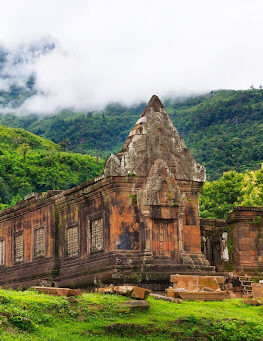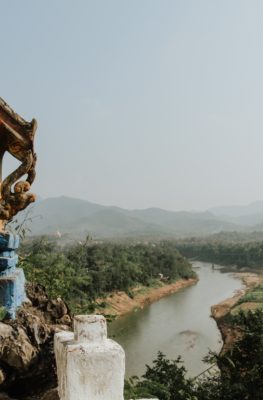Published on November 29, 2017

Image of the Plain of Jars courtesy of Tourism Laos, used with permission
In Xiengkhouang Province in northern Laos, thousands of giant stone jars estimated to date back between 500 BC to 200 AD are eerily scattered over hundreds of square kilometres. While their origins remain a mystery, the Plain of Jars is likely one of Southeast Asia’s most important prehistoric sites.
It has long captured the attention of archaeologists and the imagination of everyone else who’ve seen it. Believed to be funerary urns, the ancient jars are found in many different sites most of which were also the locations of massive American aerial bombings back in the 1960s to 1970s. Only a few of those sites have been cleared of unexploded ordnance, three of them which have the most number of jars are the ones often visited.
Xiengkhouang’s provincial capital, Phonsavanh, will likely be your base to visit the Plain of Jars. Site 1, the closest to the city, has 334 jars and where you can find the largest one. Further south of the capital, Site 2 has 93 jars spread over hills and gives scenic views of farmlands. Ten kilometres away from Site 2 is Site 3, where 150 jars sit on a charming hillside accessible through a footbridge and a walk across rice fields. You can easily hire a taxi or private car and driver from Phonsavanh to the three jar sites. If you prefer to catch a bus, only Site 3 is accessible.

Plain of Jars, Phonsavan, Laos; human standing next to jar for scale. David McKelvey / Creative Commons.

Plain of Jars, Phonsavan, Laos. David McKelvey / Creative.
Similar Southeast Asia Experiences
If you’re interested in other out-of-the-way cultural artifacts, try these other experiences: an overland trip from Makassar to the Tana Toraja heartland in Indonesia; ascending the the Rice Terraces of the Philippines; hiking through Sarawak and Sabah in East Malaysia, or through Sapa in Vietnam; and visiting Brunei’s Tutong cultural and ethnic experience.






